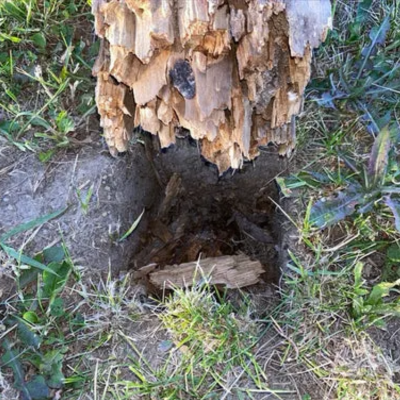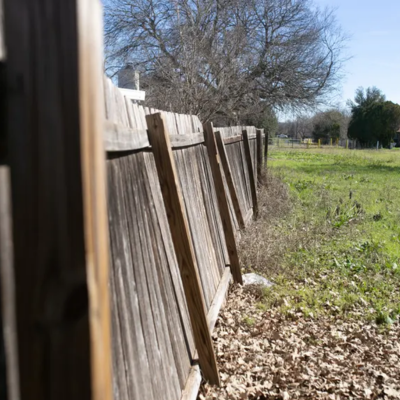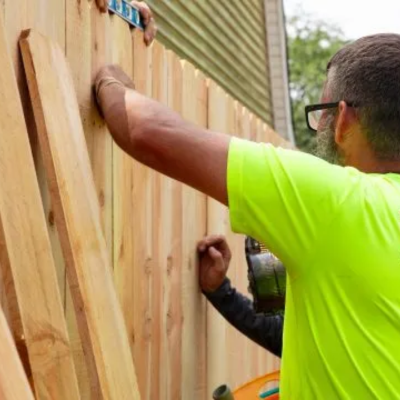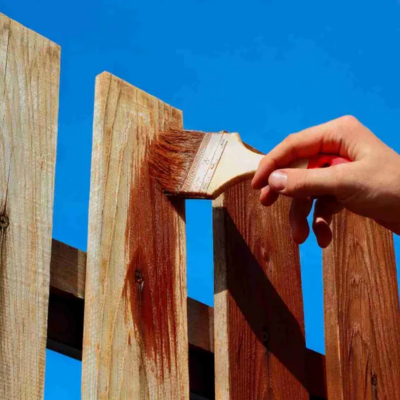How to Prevent Fence Posts from Rotting or Shifting
Fence posts are the backbone of any fence, keeping panels aligned and the structure secure in all conditions. When posts begin to rot or shift, the fence can lean, sag, or fail entirely. These problems often start at ground level where moisture, soil movement, and poor installation practices take their toll.
Preventing issues with fence posts involves much more than simply installing them and hoping for the best. It requires careful material selection, correct footing depth, proper drainage planning, and a commitment to routine maintenance. With the right approach, your fence posts will remain strong and stable for many years, protecting the entire fence line.






